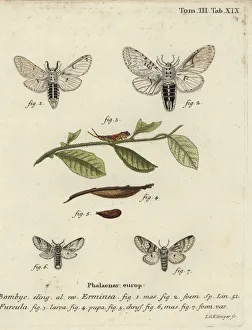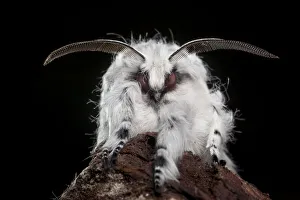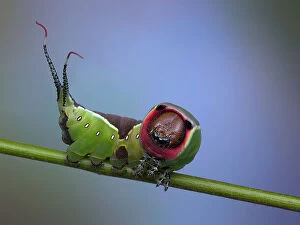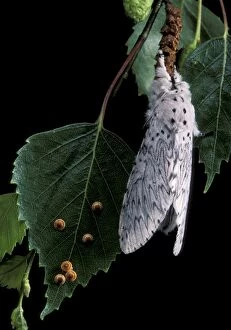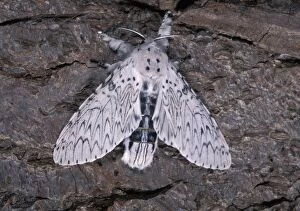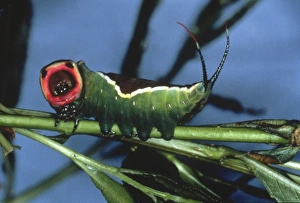Cerura Collection
The Cerura, also known as the Lesser puss moth (Cerura erminea), is a fascinating creature with its own unique defense mechanisms
All Professionally Made to Order for Quick Shipping
The Cerura, also known as the Lesser puss moth (Cerura erminea), is a fascinating creature with its own unique defense mechanisms. This species belongs to the family Drepanulidae -- Notodontidae and can be found in various regions such as Derbyshire, UK, County Clare, Ireland, and beyond. One of the most distinctive features of the Cerura is its antennae, which are clearly visible in this picture taken in May in Derbyshire. These long appendages help it navigate its surroundings and detect potential threats or sources of food. In terms of appearance, the Cerura vinula or Puss Moth showcases beautiful patterns on its wings. Its soft fur-like texture gives it a cuddly appearance but don't be fooled. When threatened, these moths display their defensive behavior by extending spiky projections from their bodies. This adaptation serves as a warning sign to predators that they should think twice before attacking. Interestingly enough, this defensive mechanism is not limited to just one species within the genus Cerura. The Eastern eggar and small eggar moths also possess similar tactics for protection against potential harm. This illustration from Curtis British Entomology Plate 193 captures the intricate details of these remarkable creatures. Their camouflage allows them to blend seamlessly into their natural habitat while still showcasing their vibrant colors when necessary. Whether you encounter a Puss Moth near Lough Bunny in Ireland or stumble upon one elsewhere around the world, take a moment to appreciate nature's wonders like this Drepanulidae -- Notodontidae member -the Cerura- with all its beauty and intriguing defenses intact.

